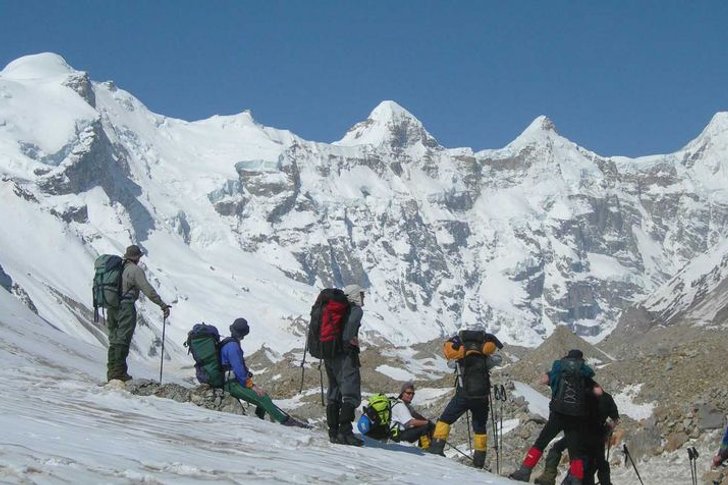The Kingdom of Bhutan is a small country between China and India, lost at the very foothills of the Himalayas, a longed-for dream of many travelers. In this amazing state, instead of the dry economic term “gross national product”, the concept of “gross national happiness” is used, and among government agencies there is a real Ministry of Happiness.
Tibetan chronicles from two hundred years ago describe Bhutan as the "Secret Holy Land" and the "Lotus Garden of the Gods". The history of the Kingdom is quite interesting - for many centuries its powerful neighbors did not know about the country, for a long time it managed to avoid the invasion of colonialists and the penetration of foreign culture. Perhaps that is why almost medieval originality and pristine nature have been preserved there.
Bhutan is a state where the people are still friendly and not spoiled, where there is practically no crime and hunger. The traveler is waiting for magnificent natural landscapes, the purest mountain rivers, the majestic peaks of the highest mountains on the planet and the unique culture of the locals, which has been preserved almost unchanged since the 15th-16th centuries.
What to see in Bhutan?
The most interesting and beautiful places, photos and a brief description.
Taktsang Lhakhang Monastery
The world-famous Buddhist monastery, built high in the mountains and "floating" over the abyss. From the observation platforms and balconies of the monastery, a breathtaking view of mountain peaks, abysses and gorges opens up. This place, according to many tourists, is literally saturated with holiness, mysticism and spirituality. The name of the monastery from the local dialect is translated as "tigress's nest".
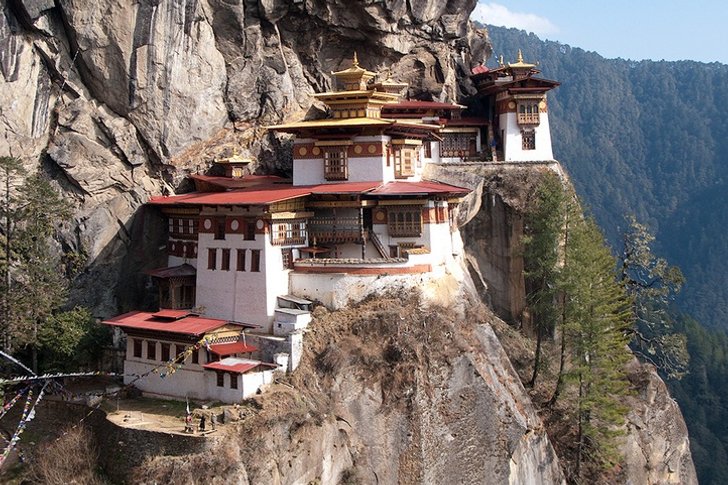
Paro city
It is located in the picturesque and fertile Paro Valley, which is considered the most prosperous and richest area in Bhutan. The city is located at an altitude of almost 2500 meters above sea level. City buildings are lavishly decorated and painted examples of ancient architecture. For a long time, the only road to Tibet passed through Paro.
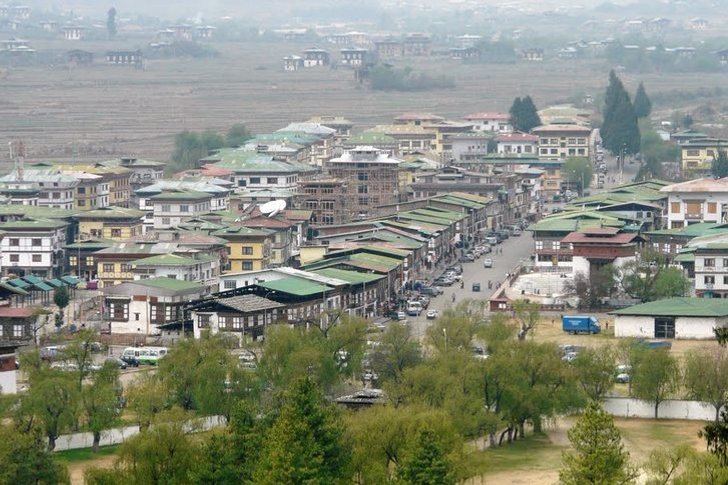
Punakha Dzong
Fortress and monastery of the 17th century. in the city of Punakha. In past centuries, the building was known as the "Palace of Great Happiness". Punakha Dzong is located at the confluence of the Mo Chu and Pho Chu rivers. To get to the grand gates of the palace, you need to overcome a steep staircase in the rock. The building itself is located at an altitude of more than 1200 m above sea level.
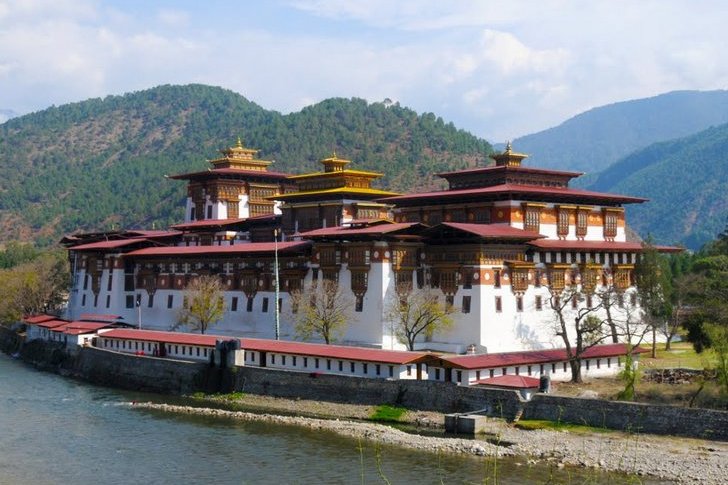
Drukgyal Dzong fortress
A ruined building in western Bhutan, formerly a monastery. Here begins the trail to Tibet and the Jomolhari trail, which leads to the Great Himalayan Range. It is believed that the fortress was built in the 17th century. in honor of the victory over Tibet. After a fire in the mid-twentieth century. The fort was never rebuilt.
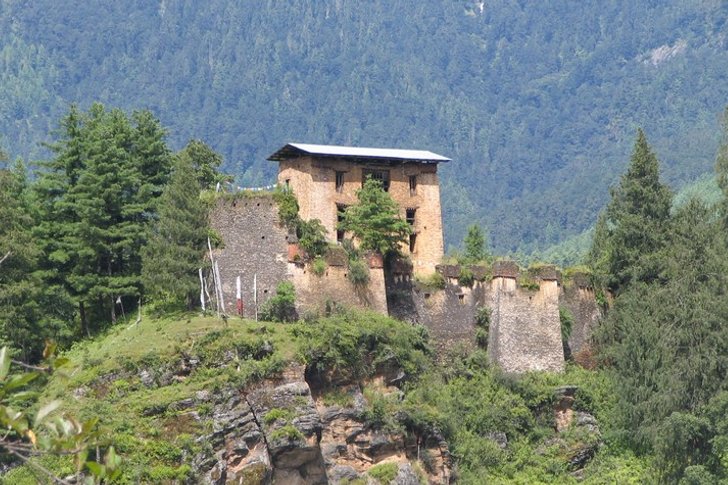
Trashi Cho Dzong Monastery
Residence of the Supreme Lama of Bhutan. It also hosts government and court meetings. Local monks do not lead a reclusive lifestyle. They actively communicate with the population, arrange children's holidays and preach their religion. Entrance to tourists is open during the Thimphu Tsechu holiday, when interesting shows and performances are arranged especially for guests.
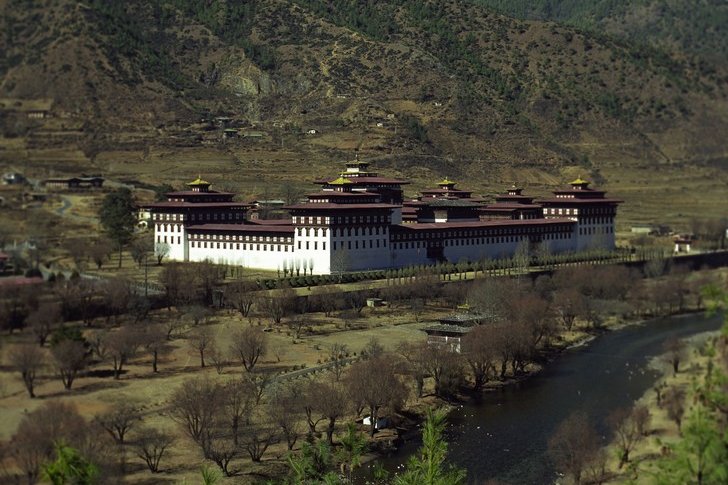
Thimphu Chorten
One of the most visited attractions in Thimphu. The temple was built in the 70s. 20th century in honor of the third king of Bhutan, who, according to his subjects, was a saint. Inside the building is an altar with the deity Buddha Samantabhadra, and on the sides are other deities in mournful poses. In 2008, the temple was renovated and its territory was slightly expanded.
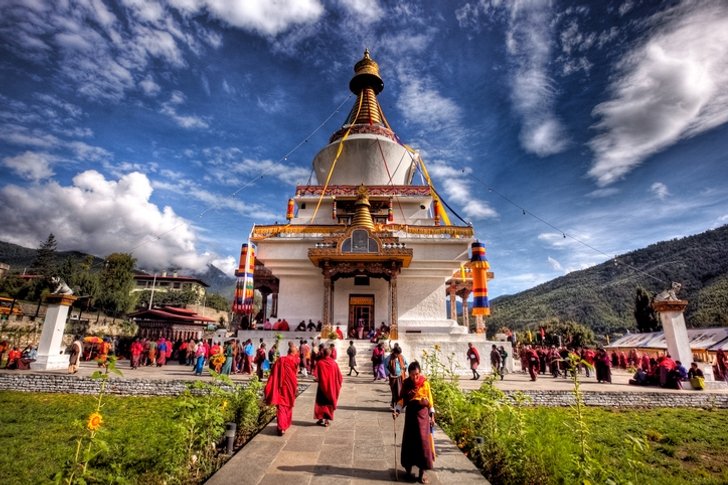
Trongsa Dzong
Considered the largest dzong in Bhutan. Inside is the monastery and administration of the Dzongkhag Tongsa. In the 17th century the building was used as a military fortification after the Wangchuk dynasty came to power in the early 20th century. it began to be used for administrative purposes. Trongsa Dzong is located on the pass through the gorge that connects the east and west of Bhutan.
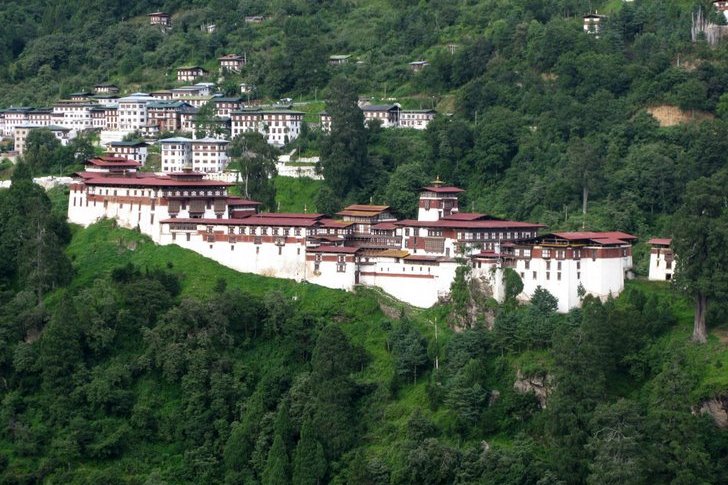
Buddha Dordenma
A huge statue of Buddha Shakyamuni, built in 2010. Inside there are 125 thousand statues of the deity covered with gold. Buddha Dordenma reaches a height of 51 m and is the highest statue of a deity in the world. About 50 million dollars were spent on the construction of the structure, the entire cost of the project was about 100 million dollars.
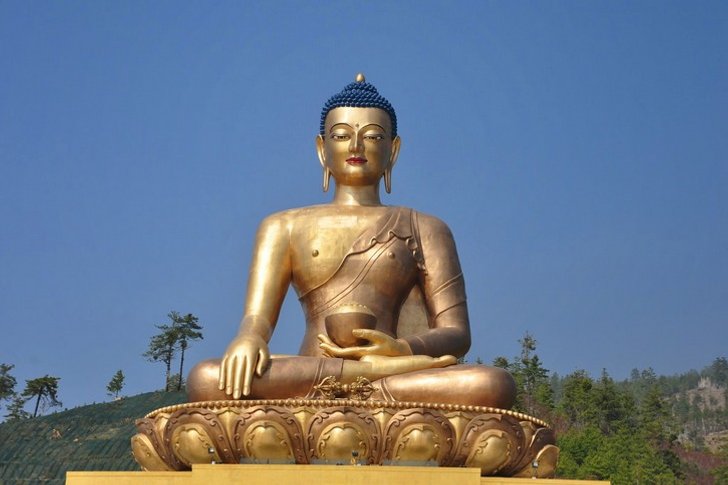
National Museum of Bhutan
The building where the museum is now located was previously a dzong. The exhibition presents valuable Buddhist relics that attract tourists and pilgrims. The museum consists of six floors, where the exhibits are collected on topics: the history of Buddhism, the history of the country, ethnography. Also in the national museum there are two altars, unique in terms of the history of religion.

Rinpung Dzong Monastery (Paro Dzong)
Like other monasteries in Bhutan, it is a fortress and the seat of administration. It is a shrine of the Buddhist school Drukpa Kagyu. Inside there are 14 temples, a watchtower, the National Museum of Bhutan. The Big Festival dedicated to honoring the local deities is held here every year.

Manas National Park
Protected area with unique flora and fauna. Bengal tigers, Himalayan bears, gaurs, Indian buffaloes, leopards, elephants, rhinos live here. Gangetic dolphins are found in the rivers. The nature of the park is an ecosystem where tropical forests, alpine meadows and ice fields are represented.
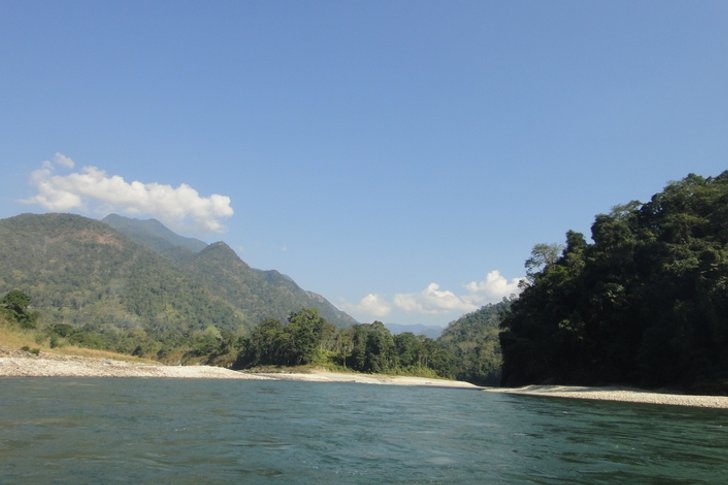
Himalayas
Not only the highest mountains of the Earth, but also the most mysterious. Various researchers inhabited these places with powerful races, representatives of extraterrestrial civilizations, sages. Someone was looking for the secret reserved country of Shambhala here. The Himalayas are picturesque mountain peaks piercing the Cosmos and breathtaking landscapes of alpine deserts.
